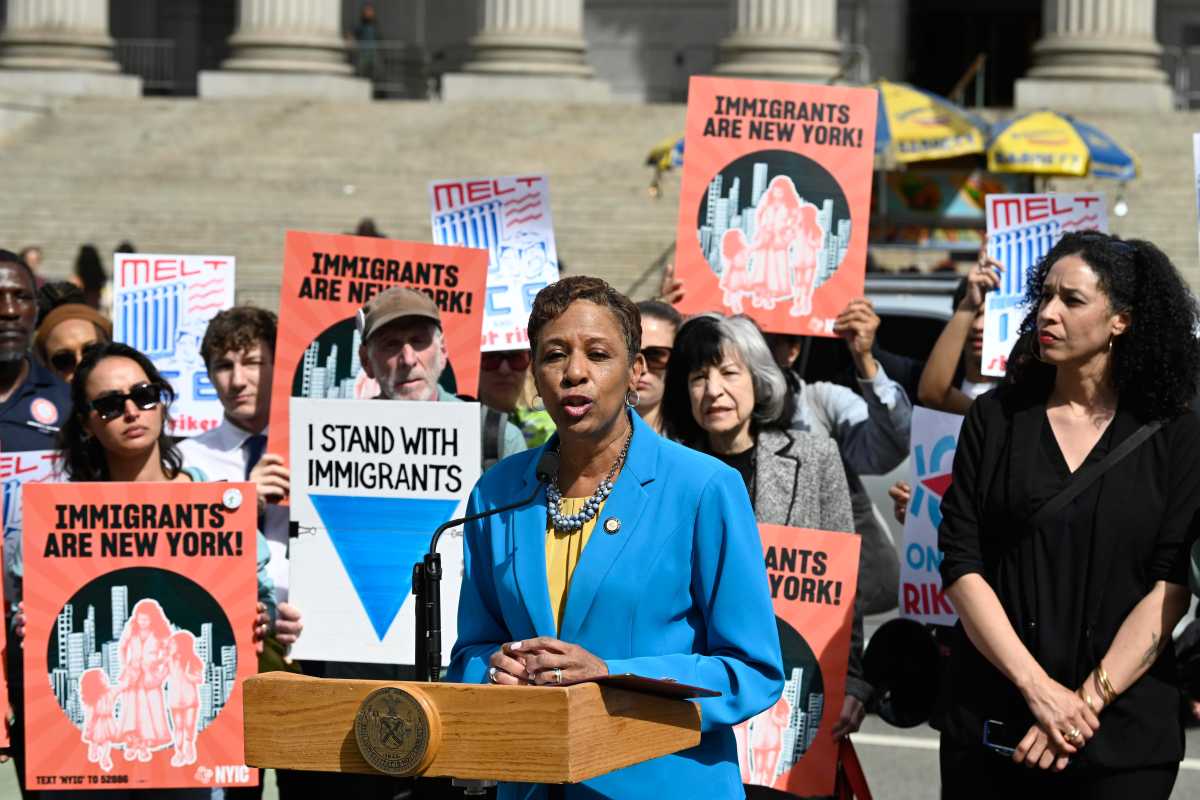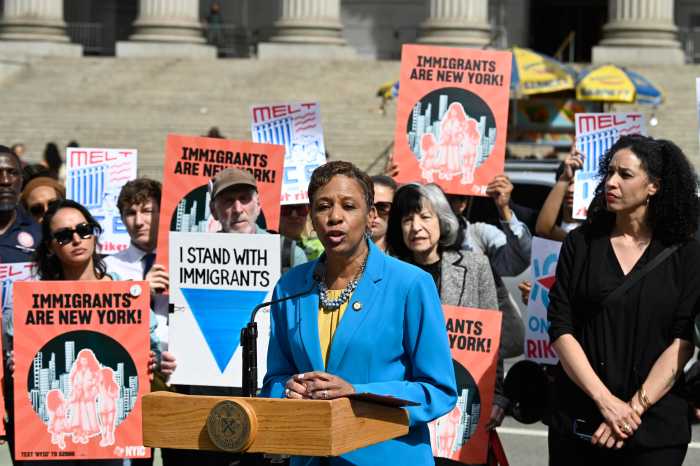New York State Comptroller Thomas P. DiNapoli is urging the state’s Department of Health (DOH) to do more to ensure maternal deaths and morbidity rates decline.
In releasing an audit on August 6, DiNapoli said while DOH has made progress in improving maternal health, “federal and state health data shows pregnancy-related health conditions and death rates have increased since a taskforce was established in 2018 to address maternal health and racial disparities.
“Despite New York’s efforts to reduce maternal deaths and pregnancy related health conditions, progress has stalled,” he warned. “The Department of Health needs to strengthen its oversight of policy initiatives and take steps to help ensure all mothers, regardless of race or ethnicity, have access to the highest level of care.”
The State Comptroller noted that, in 2010, New York launched the Maternal Mortality Review Initiative to reduce maternal deaths and morbidities.
In 2018, he said the state created the Taskforce on Maternal Mortality and Disparate Racial Outcomes, which produced several recommendations, including creating a Maternal Mortality Review Board and a statewide expert work group to improve postpartum care.
But DiNapoli said DOH has not evaluated all of its maternal health programs, “and, therefore can’t measure whether its efforts have had a positive impact on maternal health or why the maternal death and morbidity rates are not improving.”
During the audit, he said DOH officials suggested more time and resources were needed to evaluate and implement the recommendations, “as some required substantial system changes and multiple stakeholders.”
DiNapoli said DOH also reported that the COVID-19 pandemic limited resources and funding to address the recommendations, “and, if not for its ongoing efforts, maternal deaths and morbidities would have been even higher.”
From 2018 to 2021, during the COVID-19 pandemic, DiNapoli said maternal deaths were estimated to have increased up to 33 percent in New York, basing his information on CDC estimates.
DiNapoli pointed to DOH data, which showed that 78 percent of deaths during or after childbirth were preventable in 2018.
He said his auditors reviewed 27 task force, board and work group recommendations, and found that DOH implemented 63 percent (17) and partially implemented or did not implement 37 percent (10).
The State Comptroller said recommendations not implemented included important actions such as: Promoting universal birth preparedness and postpartum continuity of care; creating competency-based curricula for providers, as well as medical and nursing schools; and implementing a maternity medical home model of care, and convening a multi-stakeholder group to develop standard guidance about additional psychosocial services and coordination of care.
DiNapoli said DOH has progressed in addressing the recommendations to combat maternal mortality issues in New York. In some instances, he said the actions taken predated the recommendations.
He said the board recommended improved access to telehealth and greater community resources to help support high-risk mothers.
DiNapoli noted that DOH is investing approximately $14 million between 2022 through 2027 to fund 26 Perinatal and Infant Community Health Collaboratives.
He said while the taskforce and board also recommended the state create a comprehensive data warehouse to monitor and track perinatal outcomes by race, ethnicity and insurance status to improve maternal health outcomes and address disparities, “however, this has not been completed.”
In 2020, DiNapoli said DOH found for every 100,000 babies born, 54.7 Black mothers die during or after childbirth in New York.
“This is a rate over four times higher than white mothers who experience about 11.2 deaths for every 100,000 babies born,” he said.
DiNapoli said while DOH collects this data, “it does little to utilize it.”
He said the audit found DOH needs to “thoroughly analyze this data and share it with partners to help determine whether its efforts are working and guide how it moves forward.”
Additionally, DiNapoli said two recommendations from the board and the taskforce highlighted the need for New York to address disparity issues in regard to maternal health: Develop a systemic approach to reduce structural racism; and design and implement a comprehensive training and education program for hospitals on implicit racial bias.
“DOH has not done enough to ensure it will meet the goals of lowering severe morbidities happening across the state,” he said. “These health conditions can have serious short- or long-term health consequences or result in death.”
DiNapoli said that, in New York state in 2018, the overall severe morbidity rate for Black women was 2.3 times higher than for white women.
“DOH does not track severe maternal morbidity cases, despite officials saying an analytic strategy to monitor them is needed,” he said. “Officials said they are working to develop a statewide surveillance program.”
DiNapoli said DOH has “numerous projects to educate providers, hospitals and community partners about reducing maternal deaths and morbidities, but oversight and coordination must improve.”
He said DOH does not track whether facilities and providers are utilizing their information or engaging in the projects and programs to improve maternal health, “and, as a result cannot assess why mortality rates are not declining, or what improvements may be needed.”
DiNapoli said auditors also found DOH did not follow up to find out why providers were not participating in various maternal mortality prevention programs and trainings.
He, therefore, recommended that DOH evaluate progress and impact on maternal health to assess the effectiveness of the programs aimed at improving maternal health outcomes.
He said this should include: Developing objectives, as appropriate, and implementing monitoring and evaluation processes to assess the effectiveness of programs and projects aimed at maternal health outcomes; identifying and analyzing severe morbidity data, and developing a strategy to address risks; and increase outreach and collaboration efforts with birthing hospitals and other involved entities, such as providers and applicable agencies, to maximize participation in efforts to decrease maternal mortalities and morbidities.
DiNapoli said DOH officials generally agreed with the audit’s recommendations and “indicated comprehensive actions they will take to implement them.”



























